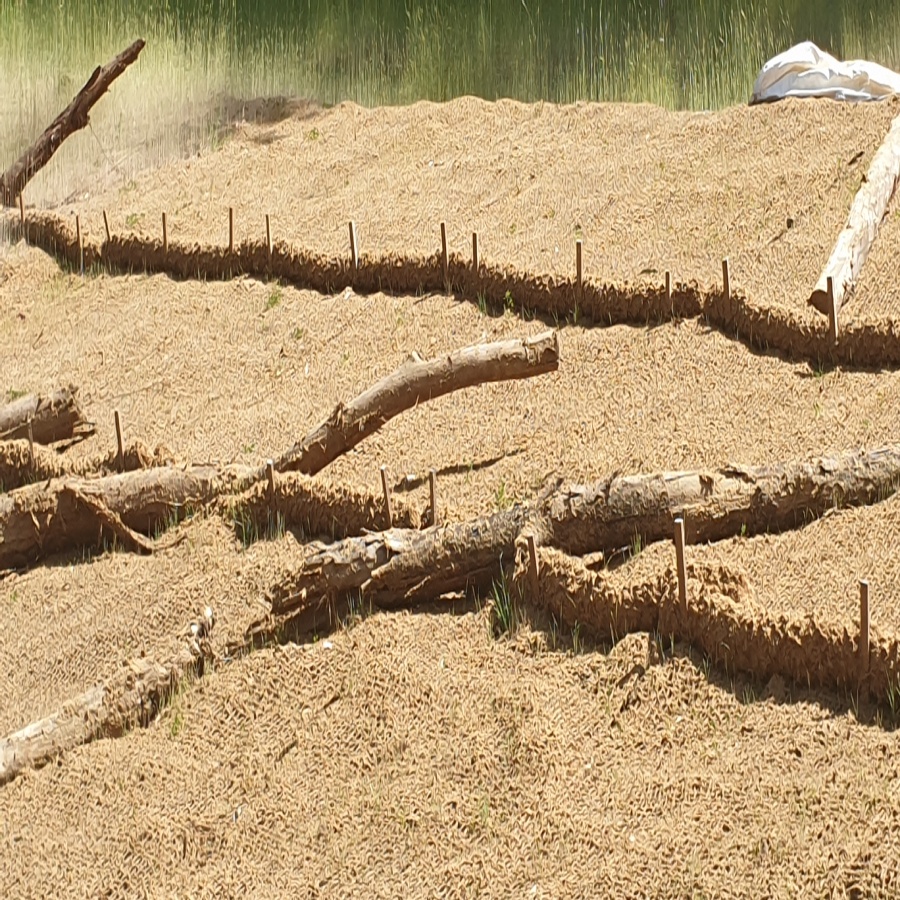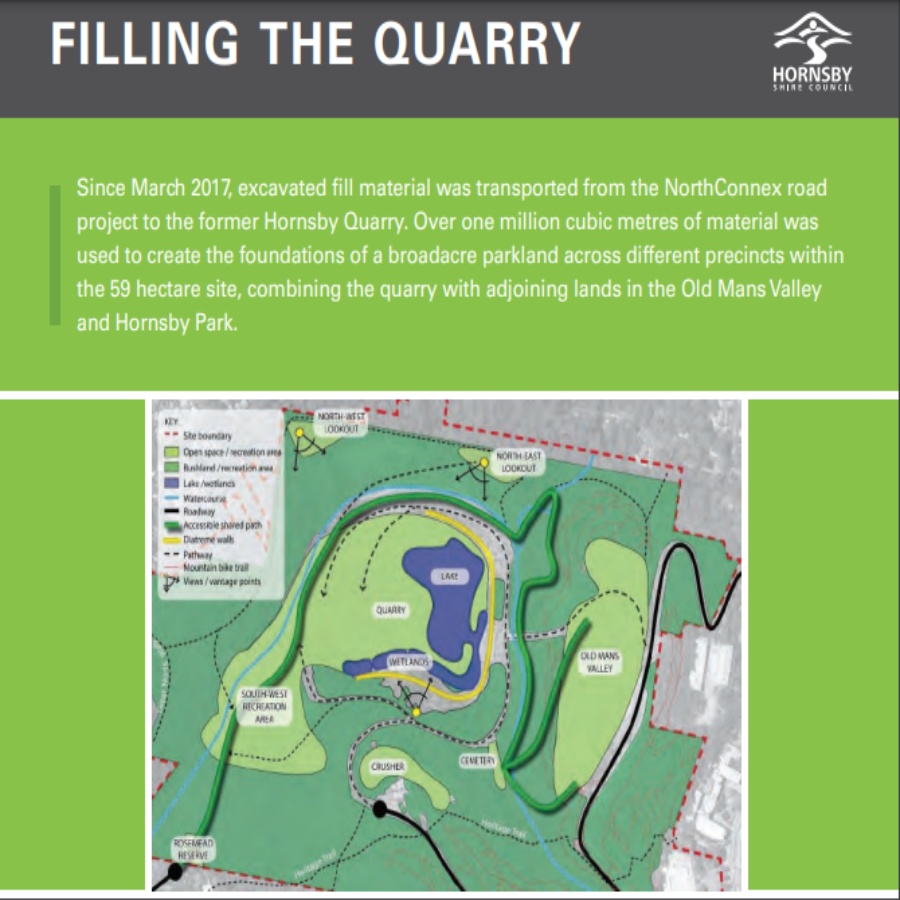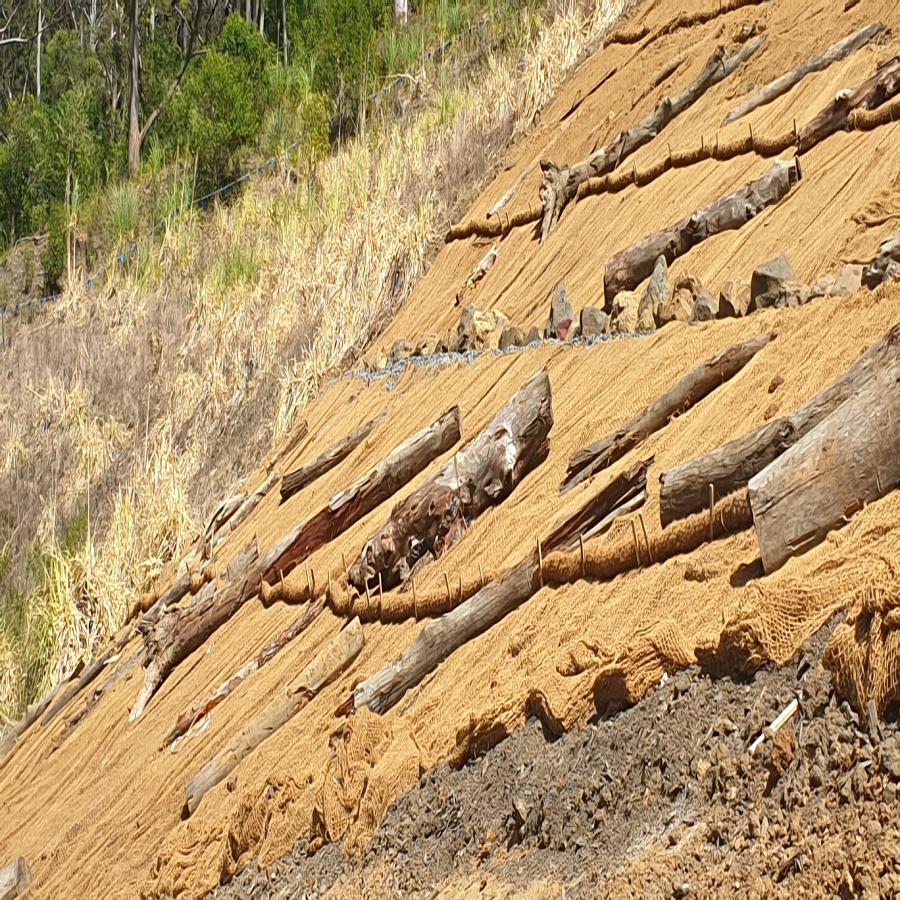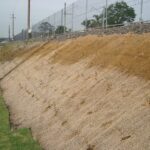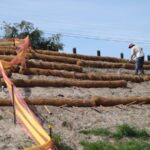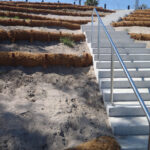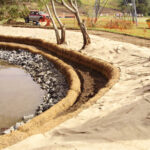The Project
The disused Hornsby Quarry North of Sydney is currently undergoing redevelopment to create an exciting new recreational area. The area is set to become a parkland for the local community to enjoy well into the future, featuring picnic and water play areas, mountain bike tracks and an event stage.
To build this parkland, the Council had to manage the unique challenges of building on top of a sizable quarry void. For the past two years, fill material from the NorthConnex tunnel project has been placed into the quarry to raise the ground level and stabilise the steep slopes.
The fill works are now complete, with over one million cubic metres of material used to create the foundations of the parkland across the quarry and the adjoining lands in Old Mans Valley and Hornsby Park.
Of course, filling the quarry was just one part of this extensive project to create a new landform. The area is being further developed to create flexible recreation spaces, and extensive rehabilitation of the bushland areas is being undertaken at the location to the north of the site. This includes retention and restoration of degraded areas on surrounding upslopes, with southern part of the site to be addressed in 2023.
The Challenges
Despite the new landform created by the trucked-in fill, the site still retains its previous ‘bowl’ shape with significant mounds on either side of the old quarry. The northern mound will ultimately form part of the bushland precinct after significant earthworks are undertaken to make the mound safe.
Made entirely of quarry spoil, the mound is extremely unstable and without any topsoil. This is clearly evident from the lack of bush regrowth – three decades after the quarry stopped using the mound for dumping.
As the rehabilitation and revegetation of Northern area progresses, landscaping contractors for Hornsby Council needed to secure the slopes and protect them against erosion. The precinct’s master plan called for an environmentally friendly solution that would encourage the growth of vegetation and welcome the return of native fauna.
Our Solution
Working with the team at Polyfabrics, the contractor used approximately 5000 square metres of TECmat Coir Mesh 700gsm, along with 200 metres of our ø200mm Ecolog Coir Logs.
Combined with the use of existing site logs for additional fauna habitat, the northern mound has been treated with these biodegradable solutions, creating an ideal environment for the re-establishment of natural bushland.
In order to manage drainage, trenches filled with aggregate and lined with the TecMat Coir mesh 7 to help reduce surface water flow runoff and act as an anchor trench to secure the material. Coir logs were also incorporated on steep embankments to reduce surface water and sediment runoffs.
TECmat Coir 7 woven fibre matting which is fully biodegradable was used on the embankment which will break down adding organic matter to the soil after the vegetation has established. Until the vegetation has established, the Coir7 material has the mechanical strength necessary to hold soil in place and prevent erosion. TECMat Coir 7 also slows down the runoff from heavy rains and dissipates the energy of flowing water and wind.
TEC Mat Coir 7 also promotes the growth of new vegetation by absorbing water and preventing topsoil from drying out. With double the life of jute and higher tensile strength than other organic geotextiles, it remains in the environment for around 3-5 years. This allows ample time for seed germination, and for natural vegetation to establish and stabilise the area.
The addition of coir logs with the natural logs will further assist with preventing erosion and help with the establishment of flora and fauna habitats.
For environmentally friendly erosion control solutions for your next project, get in touch with the expert team at Polyfabrics.

